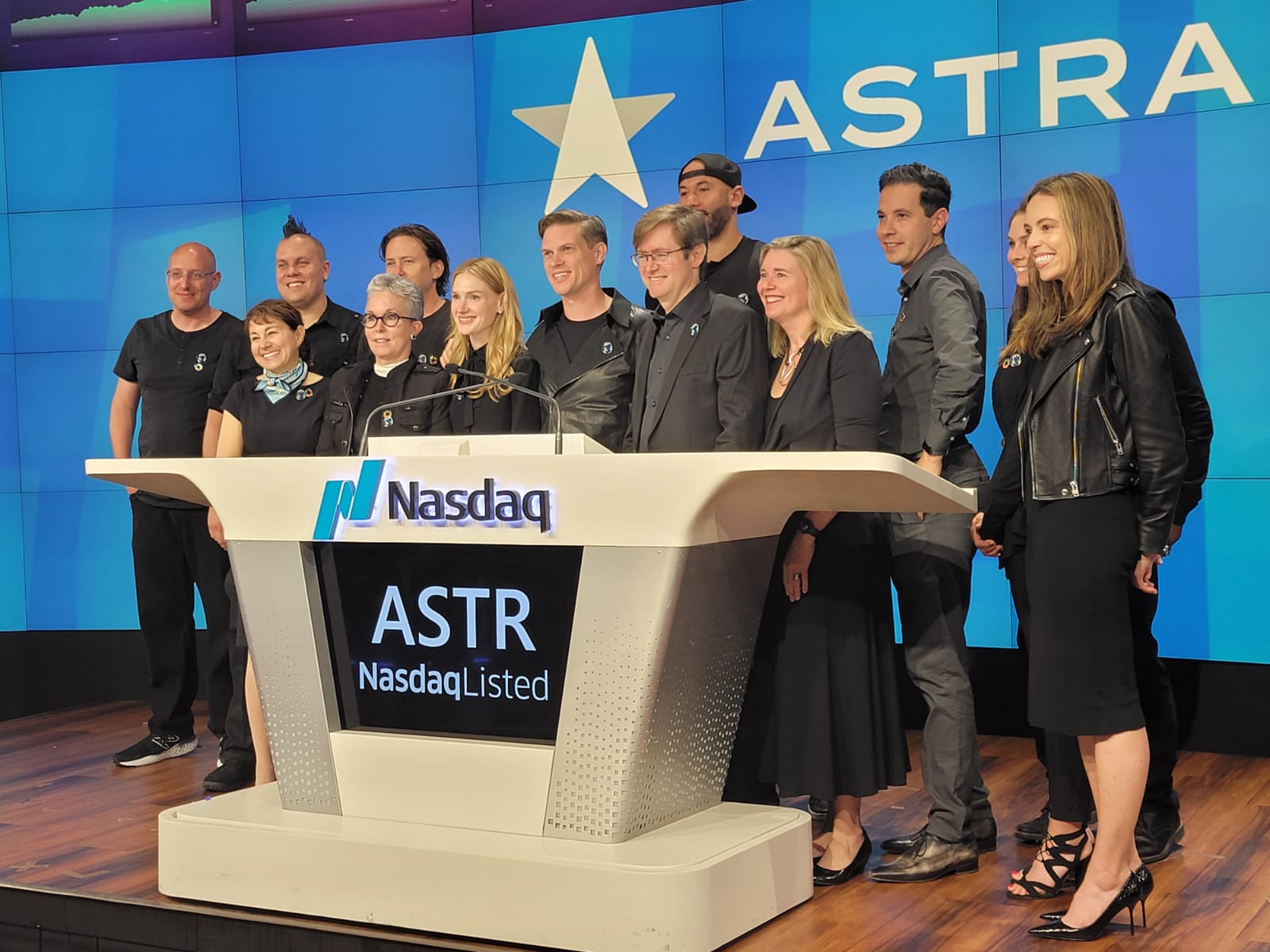MOUNTAIN VIEW, Calif. — Space companies that went public in the last year only to see their valuation drop precipitously may soon become targets of acquisitions.
Potential acquirers, panelists said at the SmallSat Symposium Feb.9, range from other emerging space companies looking to move up the value chain to large aerospace companies that want to diversify.
“Absolutely,” said Matt O’Connell, operating partner at DCVC, when asked during the panel if falling share prices of publicly traded space companies made them takeover targets. “The stock price is a red flag that is going to attract people’s attention.”
Many space companies that went public in the last year through mergers with special purpose acquisition companies (SPACs) have suffered sharp declines in share prices and thus their valuations. When Astra Space announced a year its intent to go public through a SPAC merger, the deal valued the company at $2.1 billion. As of the close of trading Feb. 11, Astra had a market cap of just over $850 million.
Such declines could make companies targets for mergers and acquisitions, or M&A. “It’s not the end of the world that these stocks have traded down,” said Jim Murray, partner at PJT Partners. “An unintended consequence of all these companies going public is perhaps a wave of M&A in ’22, ’23 and ’24.”
One potential source of deals involves companies seeking vertical integration by purchasing suppliers, as Rocket Lab has done with three such acquisitions last fall. Another involves companies seeking to move into new markets, such as launch providers going into satellite manufacturing or services.
“People who play in one or more profit pools will want to move up and get access to the full stack,” said Phil Ingle, managing director at Morgan Stanley. “Particularly if you’re a launch company, which is the smallest profit pool, getting access to the in-space profit pool is a logical thing to do.”
There are also options for horizontal integration, such as among suppliers, said Karl Schmidt, managing director at KippsDeSanto & Co. “Folks just want more capability, larger portfolios of products, to be able to supply into the industry.”
O’Connell said the discounted values of some publicly traded space companies could make them targets of deals by large aerospace companies, seeking either to enter new markets or to tap into innovation. “I think you’ll see some primes who don’t have the imagination to innovate or the risk profile to innovate come in and buy some of these guys.”
Space companies are not alone in seeing dropping stock prices. Ingle said that about 95% of companies that have gone public through SPAC deals are currently trading below $10 per share, the price at which most SPACs raise their initial capital. He said he was aware of at least one case outside of the space industry where a company that had gone public through a SPAC transaction had been acquired.
“I think you’re going to start to see external parties start to look at and acquire ‘fallen angels’ in the SPAC world,” he said.
Both Ingle and Murray said a trigger for such deals may be when those publicly traded companies look to raise additional funding. “Ultimately, this only matters at all when you have to raise money,” Murray said of company valuations. “One of the principal triggers of M&A is when companies decide it’s time to go to market.”
Ingle estimated about a third of the space companies that closed SPAC deals will need to raise money in the next year, while Murray said a third to a half will do so. “That’s what’s going to drive a lot of M&A,” Murray said.
The poor market performance of companies that went public via SPACs, as well as recent difficulties those companies encountered raising money because of the high rate of redemptions, where SPAC shareholders seek refunds rather than holding stock in the merged company, might seem to deter other companies from using them. But panelists said the large number of SPACs still seeking mergers make additional deals likely.
“There are still 700 SPACs out there that are looking to find assets and homes. The incentives for the sponsors are to do a deal at all costs, so you will see, even though the public market for SPACs right now is very difficult, additional space SPACs this year,” Ingle said. “Many of them could be quite marginal.”
One such deal may be in the works now. Bloomberg reported Feb. 11 that Maritime Launch Services, a Canadian company that plans to offer launches using Ukrainian Cyclone-4 rockets from a spaceport to be built in Nova Scotia, is in negotiations to merge with Ceres Acquisition Corp., a SPAC.
